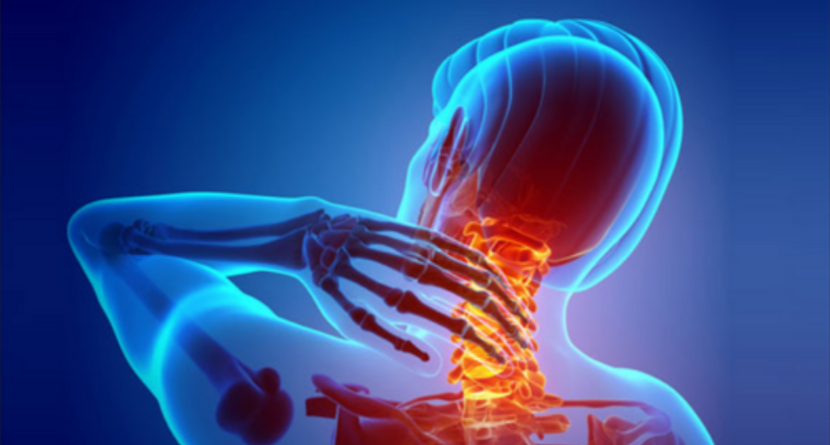How many of us have been taught to “keep our head down” or “keep our eye on the ball?” I know I was taught that as a kid and it is probably the worst piece of advice ever given to golfers. Yes, it may provide some temporary relief, but it will create far more problems than it will ever fix. In 12 years of teaching and coaching, I have never heard or seen a quality instructor give this piece of advice. Why? Well, read on for a more in-depth explanation.
The first reason why this piece of advice is terrible is that it is rarely, if ever, the cause of bad shots. Poor contact and shot-making (for most golfers) is usually a result of poor hand and arm action, not of the position of the head within the swing. We can go further here, but there is more at stake than this that is far more concerning.
Whenever we change one thing in the golf swing, we inevitably change more than a dozen others! With 3D motion capture, we have seen dozens (plural) of adaptive changes as a result of one. Here is just a short list of the problems that are created by trying to “keep the head still”.
- Reverse Pivot in the Backswing (over the top and loss of clubface control)
- Hip Sway (poor contact and weight transfer)
- Limited Backswing rotation (reduction in power and control of the plane of the swing)
- Limited Forward swing rotation (power reduction)
- Excessive pressure in the shoulders, elbows, and wrist
- Quick Tempo
- Casting
- Chicken Wing (flying elbows in backswing and forward swing)
- Loss of posture (wait…whaaaat? I’m trying to keep my head down…see below)
- Early Extension (loss of body angles even if head staying in position)
- Neck, low back, and hip pain by pushing the neck beyond its rotational limits
- Poor footwork (weight working on the outsides of the feet and toward the toes)
We could continue onward and this list can get incredibly detailed depending on YOUR specific golf swing tendencies. While you may see great players “keep their head down” this is a result of a large number of other things done correctly and how and why it “stays down” is of incredible importance. I’ve watched plenty of players make swings “look correct” without them actually “being correct”.
Ok, Scott. So What am I to do about this? (DISCLAIMER: If I haven’t given you the below items…YOU DON’T NEED THEM…so don’t try them!
First, let your eyes follow the ball after impact. This should improve your sequencing and will certainly reduce any pain you may experience in the hip, neck, back, and shoulders. In your practice swings, let your club brush the ground at the same time. This will keep you smooth and working toward a much better motion.
Second, as you brush the ground doing this exercise, watch for patterns in the ball flight. If it’s not what you want, come see me, because it’s time to build the pattern that works for you. There is a lot of information out there, and the best information is that specifically designed for you. There are hundreds of thousands of different ways to get the golf ball to do what you want effectively. Let’s find the one that works for you!
So…moral of the story: It’s time we put this worn-out bad advice (though well-intentioned) to bed. Don’t give that advice to anyone, and don’t take it from anyone. It’s not your problem and never has been. Let’s get to work on what your real problem is in your golf swing!
Oh yeah…and come join us tomorrow for our podcast on the back patio…SPECIAL GUESTS… to talk about how “Good is the enemy of great!”






